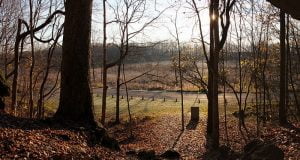Shawnee Tribe
Formerly a leading tribe of South Carolina, Tennessee, Pennsylvania, and Ohio. By reason of the indefinite character of their name, their wandering habits, their connection with other tribes, and because of their interior position away from the traveled routes of early days, the Shawnee were long a stumbling block in the way of investigators.






